You’ve tried everything to get your toddler to listen-cry, scream and yell, but nothing seems to work.
The frustration of not being able to get your toddler’s attention is deeply felt by all parents.
I have experienced this with my own kids as well as talked to many parents who have this same struggle in my work as a developmental therapist.
In this post, we will talk about WHY your toddler seems to struggle with listening and following directions, and then I will give you some tips to try out!

Why are so many power struggles when it comes to toddlers?
Do you feel like even trying to get the simplest things done with your toddler is a fight?
If so you are not alone!
Part of the reason these battles are so common with toddlers is because of where they are developmentally.
Toddlers are just beginning to acquire their sense of self.
They are trying out how the world works and how they fit in this new world.
As their parents, we need to find a balance between how much we expect from them and how much freedom we give.
We also spend much of our day as parents telling our kiddos what to do which can be exhausting for both you and your child.
Finding balance with this can help lower frustration as well as we let our children become more independent.

When do toddlers start to follow simple instructions?
As they get older they will start to follow more complex and multi-step directions.
It is important to remember that every child is different and some may not be able to follow instructions until they are older or even younger.
If you ever do have concerns about your child’s development make sure to contact early intervention for a free screening or evaluation.
Is my toddler having hearing problems?
If you have concerns about your child’s hearing it is always worth getting it checked out.
Although most newborns have their hearing checked, this doesn’t mean that hearing issues can’t come up later on.
For example, my daughter had frequent ear infections as a baby so I ended up getting her hearing checked, and sure enough despite her ears not being infected when checked she still was not hearing all sounds because of fluid in her ears which we ended up getting tubes for.
Hearing screenings are quick and easy tests to have done so if you are not sure ask your pediatrician about getting one set up.
Parenting Tips that Encourage Cooperation: Get Down to Eye Level
This may seem trivial to us adults but think about how much we communicate with body language and tone of voice.
If your little one can’t see your face or gestures when you are talking to them it can make the message you are trying to send hard to understand.
Make sure to sit or kneel next to them which is eye level instead of standing over them.
This way they are able to focus their attention on you and how you are communicating with them.
Try Using a Singing or Silly Voice When Giving DIrections
When giving directions to your toddler, using a singing or silly voice can be very helpful!
This will help get their attention and make sure they are listening to what you are saying.
It can also help to lighten the mood and create a fun environment!
Your toddler is more likely to cooperate if they are having fun and enjoying themselves.
Some parents find it helpful to sing the directions or use a made-up song.
This helps the child remember the instruction better and makes it more fun.
This is a strategy that you see used frequently in childcare and preschool settings.
Here is an example of how to be silly when getting your child dressed to go outside.
Use Toddler-Friendly Language
Using language that a toddler can understand is a good way to make sure they listen to what we are saying.
Keep in mind that toddlers are still learning how to speak themselves and are learning new vocabulary all of the time.
Can you imagine if someone used a lot of extra words and extra sentences when giving you directions as you were trying to learn a language that you didn’t speak?
It would make life so much harder!
When we use simple words and instructions, it is easier for them to follow what we want them to do.
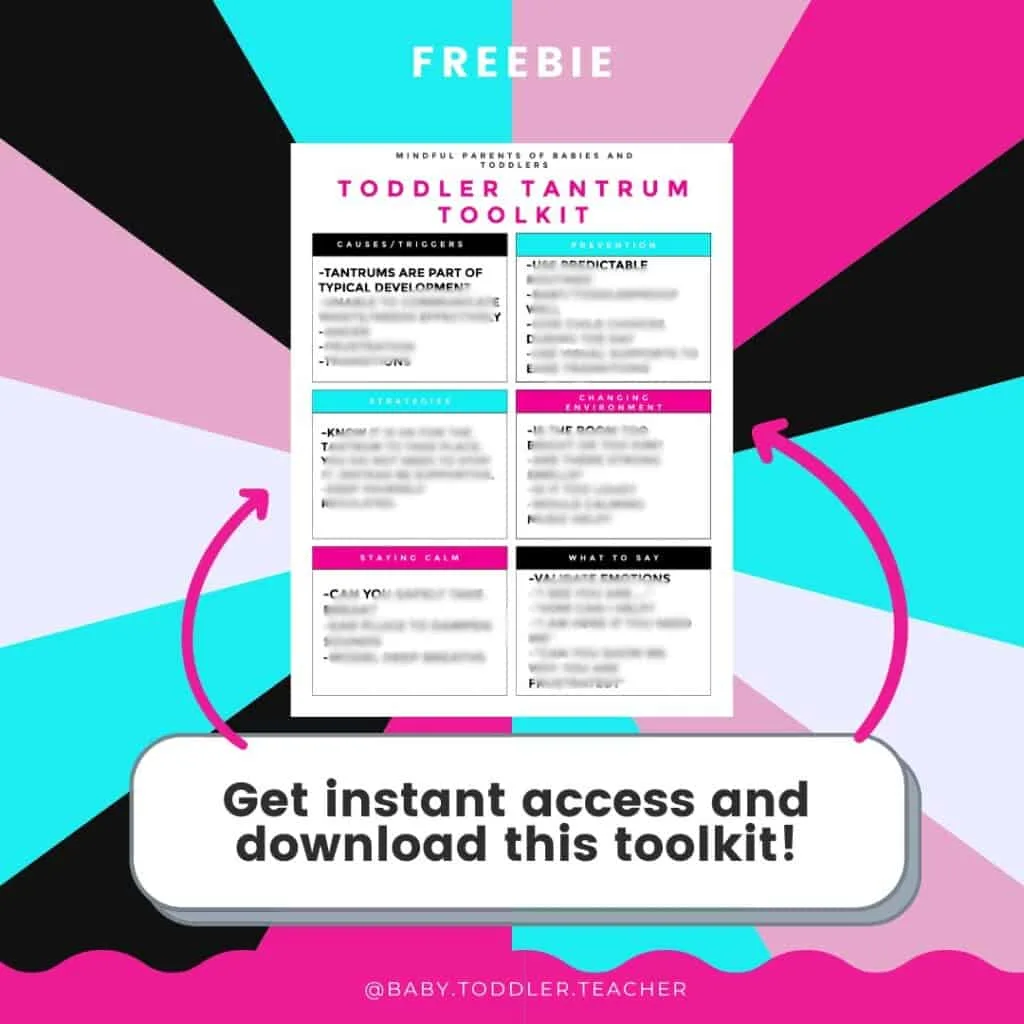
Avoid Yelling Orders: Speak Respectfully
Many parents fall into the trap of yelling at their kids because they think it will get them to listen.
Although this may sometimes work, how you talk to your child is how they will most likely respond in return.
It can also make children feel scared or stressed out which can make it even harder for them to concentrate on what you are saying.
Try using a calmer tone when giving instructions and talking to them so that they are more likely to follow what you are saying.
This way they will know that what you are asking of them is important and how they need to respond.
Tell Them What to Do!
Focus on telling your child WHAT to do instead of telling them WHAT NOT to do.
For example instead of saying: “Stop jumping on the couch.”Say this: Feet on the floor.
Toddlers have very short attention spans and can sometimes get confused when we tell them to “stop” doing something because they may only hear the second half of the instruction such as “jumping on the couch” which could set them up for a misunderstanding.
Make sure to use clear realistic instructions and expectations so that your toddler will understand what EXACTLY they are supposed to be doing.
Start With One-Step and Work Up To Two-Step Directions
When giving directions try starting with one-step directions and work your way up to two or three-step instructions.
One of the most important things to keep in mind is how long your toddler’s attention span is and whether or not they have the skills yet to follow more complex instructions.

Playing Listening Games to Provide Them With Practice
When it comes to getting our toddlers to listen, regularly playing listening games is a great way to help!
These games will provide them with practice in following directions and will also help with their vocabulary.
Here are a few ideas for how to play listening games with your toddler:
– Follow the Leader: This game is great for getting your toddler moving! One person starts by doing an action and then the next person follows.
Make sure you use simple instructions so your toddler can easily follow along.
– I Spy: This game is perfect for when you are out and about! One person says “I spy with my little eye something that is…” and then describes an object. The other players then try to guess what the object is.
-Simon Says: Playing this game with your toddler is a great way to practice following simple verbal requests. Start by clearly saying “Simon Says” before giving a direction and then describe how you want your toddler to follow the instruction, for example, “Simon Says jump” or “Simon says clap.”
Expert Advice: Use Choices
When you want your toddler to do something, it can help to give them a choice.
This way they feel like they are in control and have some say in what is happening.
You can ask them if they want to do something or which option they would like to choose from a list of two.
Always stick to two choices if possible as we do not want to overwhelm them.
This will help them feel like they are part of the decision-making process and that their opinion matters.
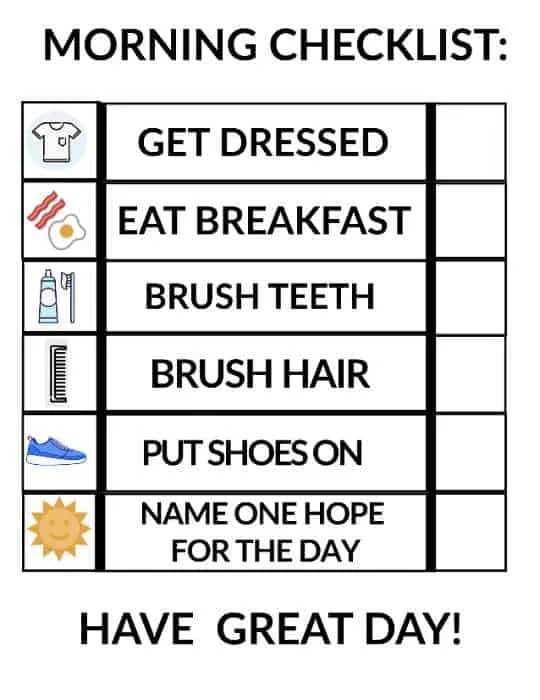
Why Using a Visual Cue can be a Powerful Strategy
Visual cues can be a powerful strategy when it comes to how we talk to toddlers because they are still learning how to speak. If we use gestures or even picture cards this can be a helpful way to support understanding.
For example, if you struggle with getting out the door in the morning, you can use a visual schedule to help them know what to do next without having to tell them over and over again.
When using any type of visual schedule I would keep it to under 5 items as we don’t want to have too many steps or make it too long.
We want them to be able to follow it and have success!
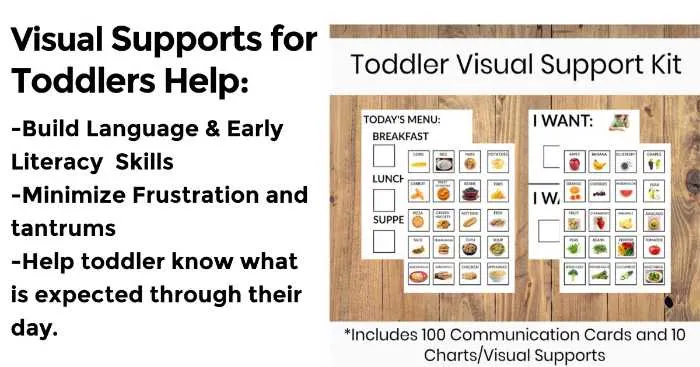
Model Good Listening Skills
When we want our toddlers to listen, it is important that we show them how to do it.
We can start by listening to them when they talk.
Take time to get down to their level and give them eye contact when they are trying to tell you something.
Ask a simple question to clarify.
Repeat what they said back to show that you understand them.

What do I do if my toddler is refusing to listen?
It can be frustrating when our toddlers are not listening to us or refusing to follow the simplest of requests.
One thing to keep in mind is that this is a skill that requires lots of PRACTICE and we need to be PATIENT as they are still learning.
Here are some things you could try if your toddler won’t listen:
-Be in a Calm State: One of the most important things we can do is model for our toddlers how to regulate emotions. Be aware of how you are feeling and try to lower your voice if you feel angry or frustrated. This might take some deep breathing which is also a good skill to model for your toddler!
-Ask Your Toddler Questions: Ask them how they think we can solve this problem. Take time to listen and really understand their point of view and see if they can come up with a solution. Obviously, this is a bit complicated for young toddlers but it can work well for some older toddlers and preschoolers.
-Give Your Toddler Options: Sometimes this can be helpful to allow your toddler to feel like they are in control of the situation. You could try saying “Do you want to put your shoes on or I will put them on for you.” This allows them to make a decision and gives them a little bit of say in the situation.
-Give Them Time to Process: Actively listen to how they are feeling. If they are struggling with not getting their way, it might be helpful to give them a little time to process the situation and how they are feeling.
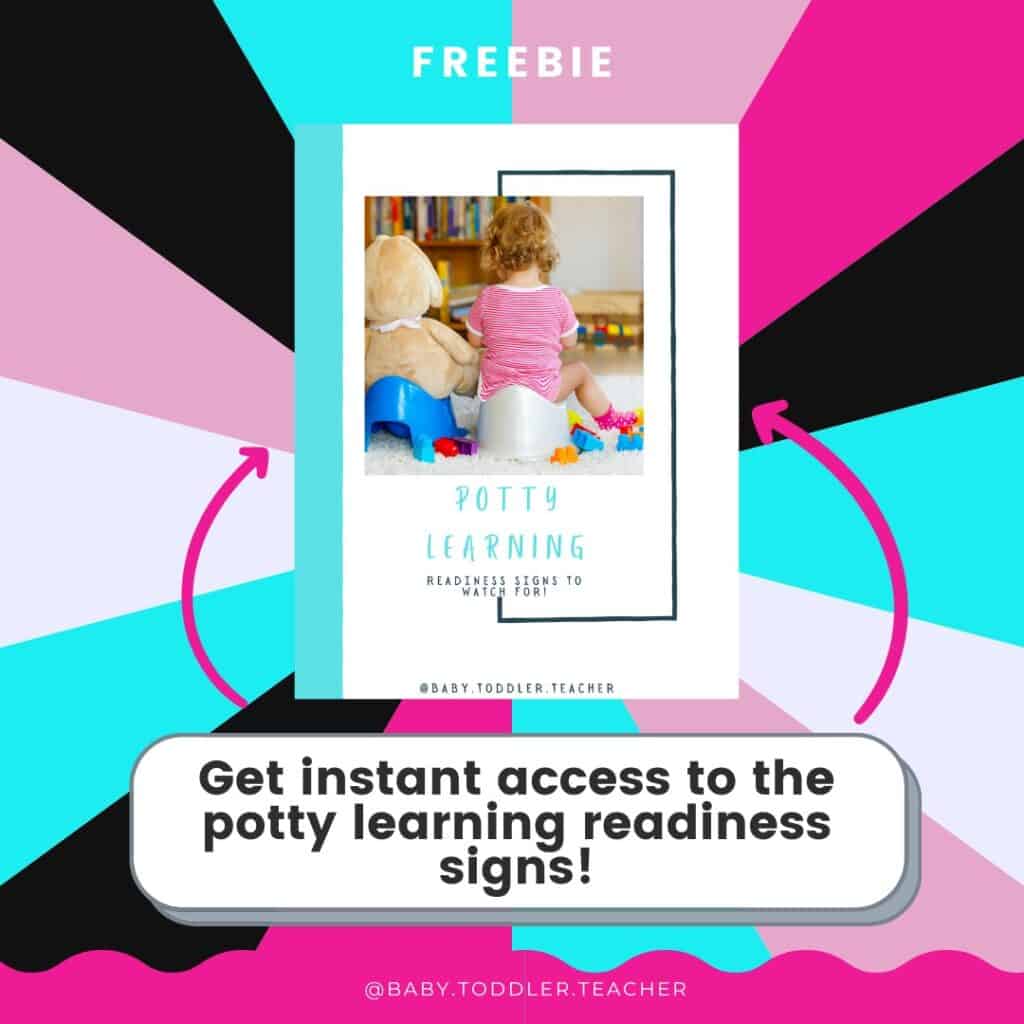
Be Patient When It Comes to Listening Skills
It can be difficult to get our toddlers to listen, but with a few simple tricks and some practice, it is definitely possible.
We’ve outlined some helpful tips for how to get your toddler’s attention and how to make sure they are listening.
If you follow these guidelines, you’ll be on your way to your toddler having great listening skills in no time!
Frequently Asked Questions About Getting Your Toddler to Listen
Disciplining your child without yelling may seem like a difficult task at first, but with some patience and practice, it is definitely possible.
Here are a few tips that might help:
– Remain calm: Yelling will only make the situation worse and will not help you to achieve your goal. Try to take a deep breath and stay calm when setting boundaries and expectations with your child.
– Keep instructions short and simple: When giving instructions, try to keep them short and simple so that your child can easily understand what you want them to do. Focus on telling them what to do…instead of what not to do.
You will want to pay attention to the cues that your child gives after you give the directions.
This is one of the reasons it is so important to make sure you are face to face when giving effective instructions.
Do they acknowledge what you said?
Do they respond verbally or with a gesture?
Make sure that your child can consistently follow simple directions before making them more complex.
It may seem like your toddler is ignoring you when they do not respond to your requests for them to follow a direction.
This can be frustrating, but it is important to understand how children learn and how difficult it can be for them to follow directions immediately.
Taking time out of their busy day to gather the information needed in order to follow your direction can be difficult for them.
It is important to try and figure out how they are feeling before giving any requests or directions, particularly if it is not something that they want to do.
-Are they hungry?
-Are they tired?
-Did something happen that made them upset?
Once you understand how they are feeling, you can take that into consideration when giving directions.
Yes, it is actually quite normal for toddlers to not listen. They have very short attention spans and their receptive language skills are still coming in so parents need to have lots of patience and give them opportunities to practice.
Related Posts You Will Enjoy
Toddler Motor Skills: Everything You Need to Know About Fine and Gross Motor Skills
7 Easy Chores for Toddlers that Just Make Sense!
Toddler Brushing Teeth: 5 Ways to Make it EASIER!
The Best Calming Activities for Toddlers Before Bed
What is the ideal age for potty training?
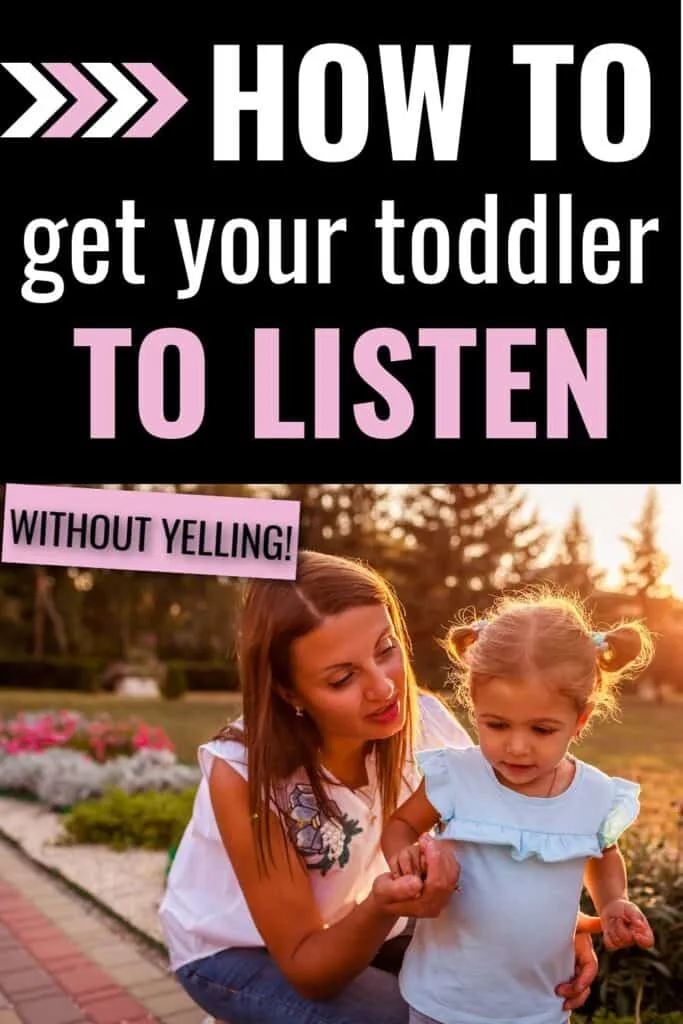

Kayla O’Neill has a master’s degree in education as well as a bachelor’s degree in special education with an emphasis in early childhood education. She has been working as a developmental therapist with babies and toddlers in early intervention since 2012. She is also a mom with two young children.